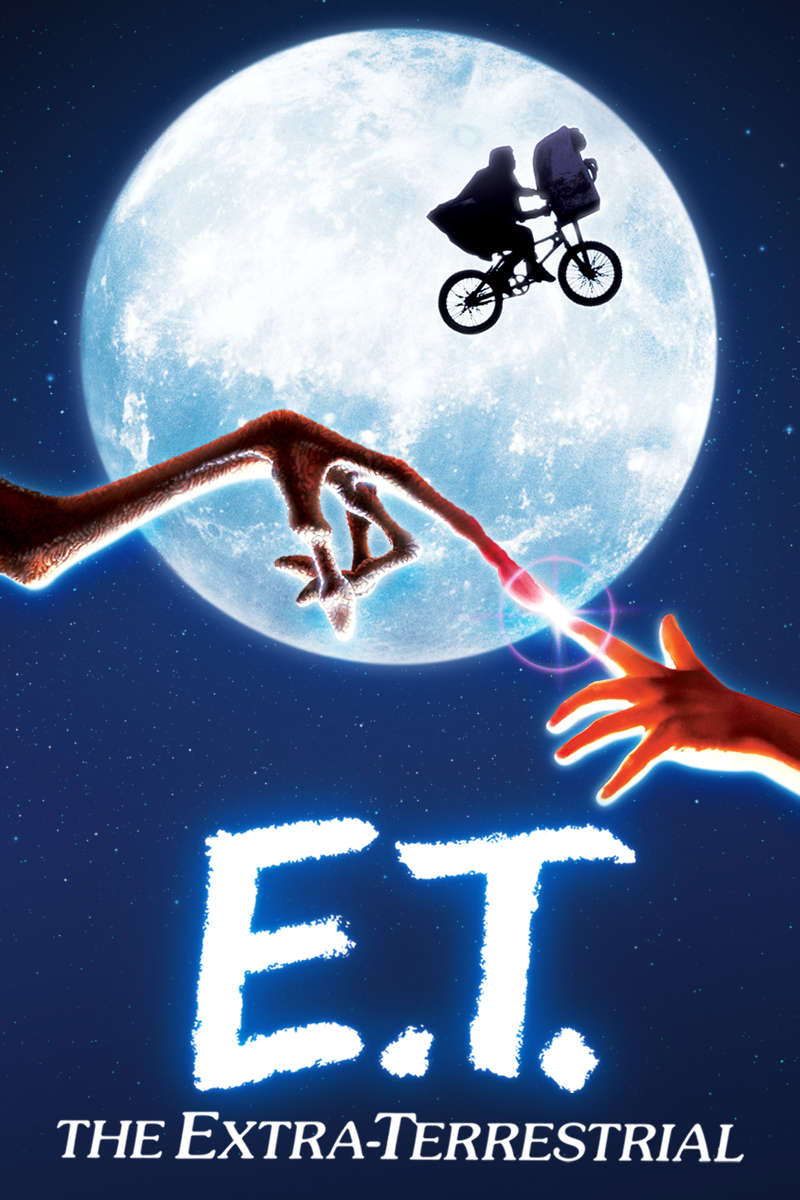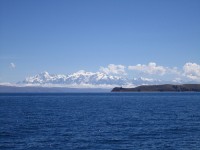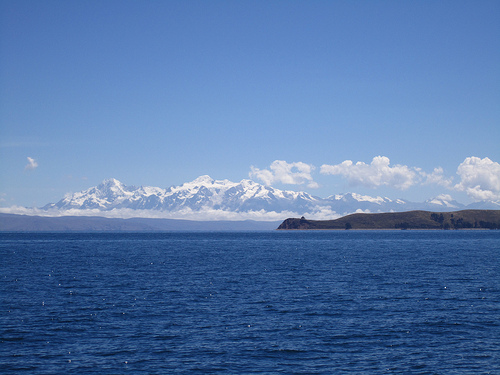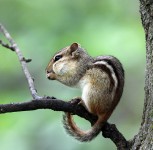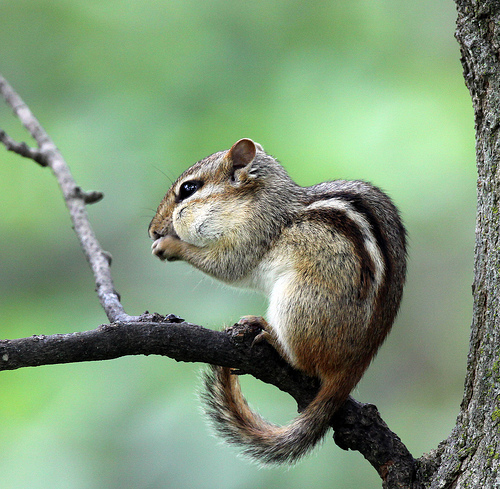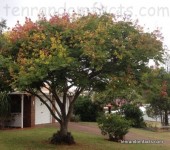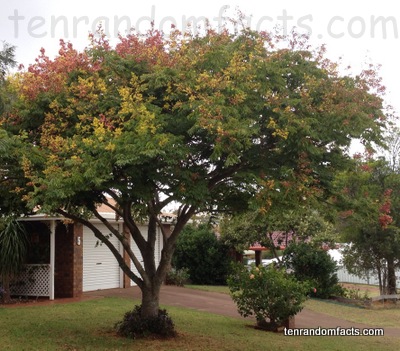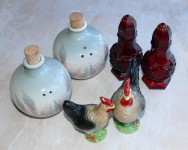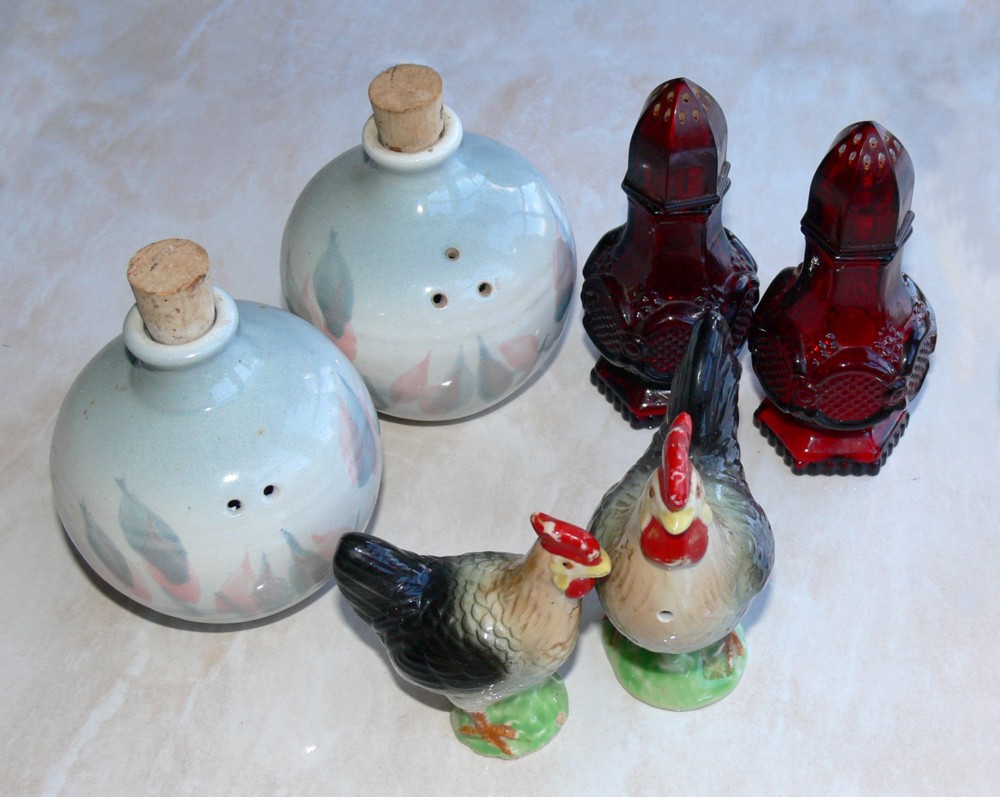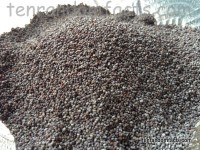
Do not eat your poppy seed bagel before a drug test.
- Poppy seeds are small seeds of Papaver somniferum, the opium poppy, used primarily in cooking.
- Poppy seeds are a kidney shape, and have a length of around 1 millimetre.
- Poppy seeds have been historically used in medicine and there have been superstitions associated with the seeds, like turning oneself invisible.
- A gram of poppy seeds is approximately 3,300 seeds, and an ounce of the seeds is approximately 93,500 seeds.
- In 2011, Turkey was the leader in poppy seed production, with 45,077 tonnes (49,689 tons) in 2011, of the world production of 106,419 tonnes (117,307 tons).
- Poppy seeds are used as a paste, oil, thickener, spice and decoration, particularly in baked items, although they are used in other dishes.
- Consumption of poppy seeds can cause drug tests to be false positive due to the content of opium alkaloids, that are also present in the illegal drug opium.
- Selling, eating or holding poppy seeds in some countries, such as Saudi Arabia and Singapore, will result in punishments or arrests.
- Poppy seeds have a flavour of nuts and are typically blue-black in colour, although white or grey poppy seeds are sometimes used.
- Poppy seeds are a good source of manganese and calcium, and rarely cause allergies among people.
Bibliography:
Poppy seed, 2010, Olde Thompson, http://www.oldethompson.com/spice-details.aspx?SpiceID=27
Poppy seed, 2014, Wikipedia, http://en.wikipedia.org/wiki/Poppy_seed






